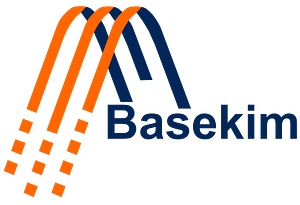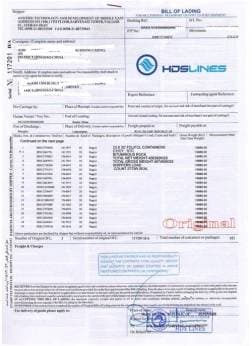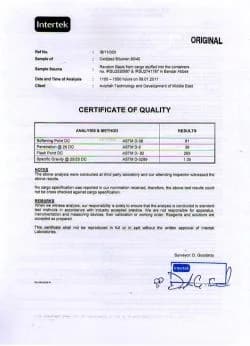PMB 45/80 – Premium Polymer Modified Bitumen for Maximum Road Resilience
PMB 45/80 is a high-grade Polymer Modified Bitumen designed to deliver superior durability, elasticity, and performance in both extreme heat and cold. The “45/80” penetration grade reflects a balanced binder suitable for projects requiring flexibility in colder climates and resistance to deformation in warmer regions.
Through advanced polymer technology, PMB 45/80 offers a unique performance profile that far exceeds conventional paving bitumen, making it the go-to choice for long-lasting infrastructure in demanding environments.
Why Choose PMB 45/80 for Your Projects
This grade is specifically formulated to meet the needs of road engineers, airport planners, and infrastructure developers who demand high performance under all loading and weather conditions. Key reasons to select 45/80 include:
Outstanding Crack Resistance – Prevents thermal cracking in low temperatures.
Enhanced Rutting Resistance – Minimizes deformation under heavy traffic loads.
High Elastic Recovery – Maintains structural integrity over repeated load cycles.
Excellent Adhesion – Strong bond with aggregates for long-term pavement stability.
Extended Service Life – Reduces the frequency of resurfacing and maintenance.
Applications of PMB 45/80
1. High-Traffic Urban Roads
Withstands the constant stop-and-go movement in city centers, preventing rut formation.
2. Airport Taxiways and Runways
Handles concentrated loads from aircraft, ensuring a smooth and safe surface.
3. Cold-Region Highways
Resists cracking during freeze-thaw cycles, maintaining road safety in harsh winters.
4. Bridge Decks
Accommodates structural movement while maintaining strong adhesion to aggregates.
5. Port and Industrial Facilities
Delivers durability against the heavy, slow-moving loads common in industrial areas.
Manufacturing Process – The Precision Behind PMB 45/80
Producing PMB 45/80 is a tightly controlled process to ensure product uniformity and quality:
Base Bitumen Selection – Chosen for viscosity and performance potential.
Polymer Integration – Typically SBS or equivalent, providing elasticity and temperature stability.
High-Shear Mixing – Ensures polymers are evenly distributed in the bitumen.
Temperature Management – Maintains ideal processing heat to protect polymer integrity.
Laboratory Testing – Every batch is tested for penetration, softening point, and elastic recovery before packaging.
Performance Benefits Over Conventional Grades
| Feature | Standard Bitumen | PMB 45/80 |
|---|---|---|
| Low-Temperature Flexibility | Moderate | Excellent |
| Rut Resistance | Medium | High |
| Elastic Recovery | Low | Very High |
| Adhesion to Aggregates | Average | Superior |
| Service Life | 8–12 years | 14–20 years |
Packaging & Delivery Options
The 45/80 is supplied in multiple formats for domestic and international projects:
Bulk Tankers – For direct asphalt plant supply.
New Steel Drums – 180–200 kg net weight.
IBC Containers – For specialized or project-based delivery.
With Basekim’s efficient logistics network, 45/80 can be shipped worldwide under FOB, CIF terms, supported by MSDS and full compliance documentation.
Environmental Impact and Sustainability
Using PMB 45/80 extends pavement life, reducing the need for frequent resurfacing. This minimizes energy consumption, raw material use, and CO₂ emissions over the road’s lifecycle, supporting sustainable construction practices.
Frequently Asked Questions (FAQ)
Q1: Can Oxidized Bitumen be used instead of PMB 45/80 in cold climates?
A: No. Oxidized Bitumen becomes brittle at low temperatures, whereas 45/80 maintains flexibility.
Q2: How does 45/80 compare to Oxidized Bitumen in terms of elasticity?
A: PMB 45/80 offers significantly higher elastic recovery, making it better for heavy-traffic applications.
Q3: Can PMB 45/80 be mixed with Oxidized Bitumen for specialized blends?
A: This is not recommended as it can reduce the performance benefits of polymer modification.
Q4: Which has better rut resistance—Oxidized Bitumen or 45/80?
A: PMB 45/80 provides superior rutting resistance, especially in high-load areas.


